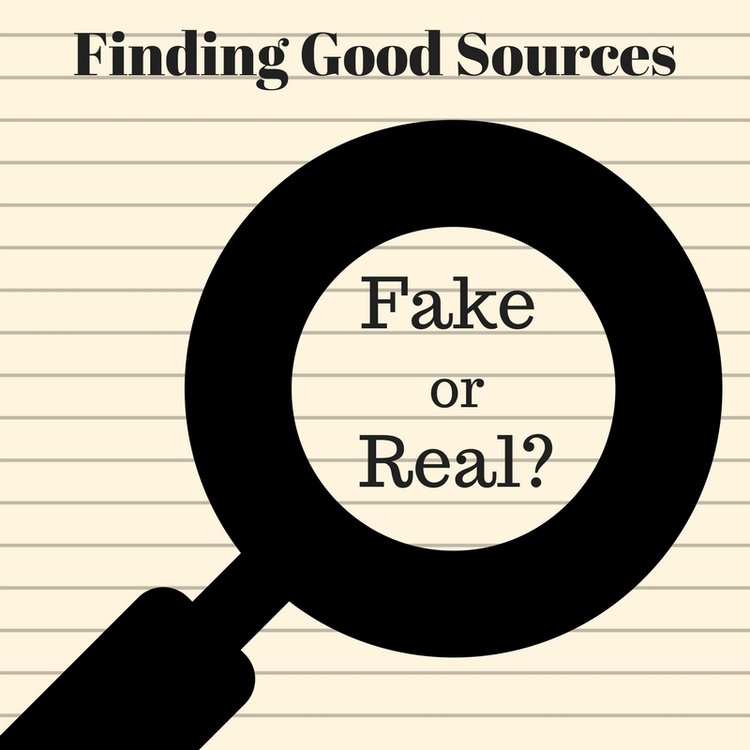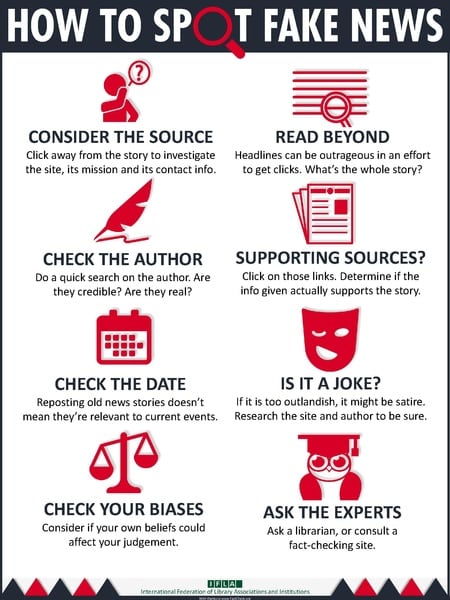
Deciphering Fake News
Christian Segers, Assistant Editor
Image courtesy of Wikimedia Commons.
If you haven’t been living under a rock for the past year, you have almost certainly been briefed on recent important events such as the refugee crisis in Syria, failed Russia negotiations, the Iran deal gone south, the development of North Korea’s nuclear missile program and a little something called “fake news.”
Whether or not you have lived under a rock lately is irrelevant. Currently, people are struggling to make sense of what exactly fake news entails and if you find yourself to be one of those perplexed individuals, read on so that by the end of this article, you can better understand how to spot fake news for yourself.
Fake news, a term coined by then-presidential candidate, Donald J. Trump, references any news organization (namely, CNN, NBC and The New York Times) who appear to be allocating important resources, to cover “stretch stories” or stories that do not necessarily have much news value, rather than reporting on real issues, such as the aforementioned North Korean missile crisis. Regardless of whether or not CNN, NBC and The New York Times are guilty of such tactics, they are still highly credible news organizations and can be cited in virtually any public forum, as such.
Perhaps the easiest way to differentiate credible from non-credible news sources is in the web URL. A few examples of this include: www.foxnews.com versus www.foxnewss.com (an extra “s” after news) and www.thewallstreetjournal.com versus www.thewalstreetjournal.com (lacking two “l’s” in wall) Most news organizations yield a host of copycat websites that modify the web page ever so slightly, in order to obtain the appearance of being a large news network, while the quality of the published work remains lacking.
Another easy to spot difference between fake news and traditional, credible news sources, is in the contact information provided by the website. Generally speaking, most news outlets provide a link on their site that affords readers the opportunity to give their feedback via e-mail, phone or web post to someone from the news organization or their public relations team. Sites that do not maintain a way to reach someone from their team are more than likely not credible and/or not professional enough to include this 21st century publications necessity.
While both of the previously mentioned methods are vital in determining what news is fake or truthful, perhaps the easiest way to figure out whether or not a website or an article is reputable, would be to copy the URL from an image in the article in to a Google image search bar and see how many articles pop up with the same image as it’s cover photo. If there are various unique article links available to chose from after doing so, the chances are high that the site is “fake news.”
If any of the above solutions still leave you with doubts, take a second to check the time stamp or published date on your site, versus that on others of the same topic or that which bears the same cover photo. If your article was published two days after an article by CNN that bears the same image without proper accreditation, your article is at the least, careless and unprofessional, if not phony.

